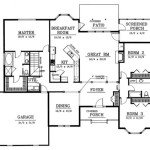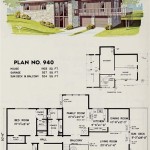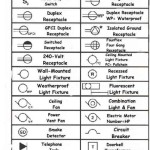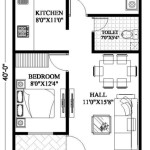Essential Aspects of Rural House Plans By Laurie Baker
Laurie Baker was an eminent architect known for his innovative and sustainable designs, particularly in the context of rural housing. His architectural style blended traditional Indian elements with modern construction techniques, resulting in cost-effective and environmentally friendly dwellings. This article explores the essential aspects of Laurie Baker's rural house plans, highlighting their key features and the principles that guide their design.
1. Vernacular Architecture as Inspiration:
Laurie Baker drew inspiration from traditional vernacular architecture in India. He studied local building methods, materials, and construction techniques to understand the climatic conditions, cultural context, and available resources in rural areas. This knowledge informed his designs, ensuring that the houses he created were not only functional but also aesthetically rooted in their surroundings.
2. Use of Locally Sourced Materials:
Baker emphasized the importance of using locally sourced materials in his rural house plans. This approach reduced transportation costs, supported local economies, and ensured that the houses blended seamlessly into their environment. Materials like burnt bricks, clay tiles, natural stone, bamboo, and thatch were commonly incorporated in his designs.
3. Cost-Effectiveness:
One of the primary objectives of Laurie Baker's rural house plans was cost-effectiveness. He believed that everyone, regardless of their income, deserved access to decent housing. To achieve this, he employed innovative construction techniques, simplified designs, and used local materials that were readily available. By eliminating unnecessary ornamentation and focusing on practicality, Baker created affordable housing solutions without compromising quality or aesthetics.
4. Climate-Responsive Design:
Baker's rural house plans were designed to respond to the specific climatic conditions of the region. He incorporated passive design strategies, such as cross-ventilation, natural lighting, and thermal insulation, to ensure the comfort of the occupants while minimizing energy consumption. Large windows and verandas allowed for natural ventilation and daylighting, reducing the need for artificial lighting and air conditioning.
5. Sustainable Building Practices:
Sustainability was a key consideration in Laurie Baker's rural house designs. He used materials and construction techniques that had a minimal impact on the environment. The use of natural materials, passive design strategies, and rainwater harvesting systems contributed to the overall sustainability of his projects.
6. Community Involvement:
Baker believed in involving local communities in the planning and construction process. He actively engaged with villagers, understanding their needs and preferences. This participatory approach fostered a sense of ownership and ensured that the houses were tailored to the specific requirements of the community.
7. Simplicity and Functionality:
Baker's rural house plans were characterized by their simplicity and functionality. He avoided unnecessary ornamentation and focused on creating practical and efficient spaces. The use of modular design elements allowed for flexibility and customization, enabling the houses to adapt to the evolving needs of families.
Conclusion:
Laurie Baker's rural house plans stand as a testament to his commitment to affordable, sustainable, and culturally sensitive architecture. By embracing vernacular traditions, using local materials, and incorporating passive design strategies, Baker created livable and environmentally friendly dwellings that continue to inspire architects and builders working in rural contexts today.
Untitled

Laurie Baker Architect S Official Website Home

Laurie Baker 1917 2007 Architectural Review

This House Near Kochi Blends Nature S Luxury With Modern Features Laurie Baker Dream Home Onmanorama Design Construction Architecture

Trivandrum Laurie Baker Hamlet 04 Vernacular Architecture Traditional Crazy Houses

Brick House Istudio Architecture Archdaily

An Architect S Dreams

Laurie Baker 1917 2007 Architectural Review

Laurie Baker 1917 2007 Architectural Review
Nature Inspired Architecture Of Laurie Baker And Toyo Ito A Comparison








